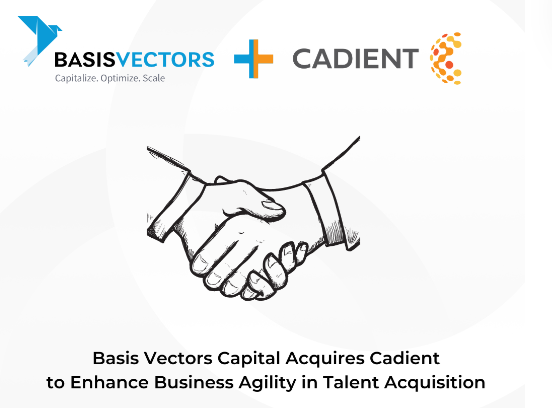This article originally appeared in The Sociable,a partner publication from ESPACIO.
As many people’s daily interactions are now online, industries worldwide are getting pumped with information from this escalating digital interchange. On the one hand, this constant pipeline of data can result in information overload, but on the other hand, if sorted appropriately, this data has extreme potential to be leveraged.
This is why Artificial Intelligence (AI) has become a critical tool across global business ecosystems. AI’s capacity to utilize data and then turn it into employable business insight has become a determinant for success in today’s business world. This explains why 67% of respondents to a recent survey from the Harvard Business Review say that AI and ML in marketing and sales will be critical to their company’s ability to compete in the future.
ML, which refers to Machine learning, is one noteworthy AI ability that has grown and scaled massively in the past few years. Its implementation has helped to shape business operations and decisions in 2022 and will only become more prevalent in the future.
Let’s take a closer look at what ML is, the importance of a platform to host this AI capability, and finally how AI can help propel businesses into a more successful future.
Driving Data
Let’s first define ML by the book so that we can fully understand how this AI capacity can improve business. By utilizing algorithms and statistical models to analyze and draw inferences from patterns in data, ML helps computer systems learn without following explicit instructions. When AI employs ML, it can make sense of large amounts of data and grow a knowledge base from it.
One of the most significant ways that ML can improve operations in business is by extracting and accumulating the knowledge that the real humans in your company are generating on a day-to-day basis. If AI has access to your internal communications on the ground floor, ML can start to draw connections between elements of communication and repeated processes to get the key metrics of your company’s operations.

With this internal human-driven data, AI can start to understand your employees’ decisions and basic procedures that are used in your company’s operations. The AI can then decipher what worked and what didn’t, or maybe even what worked in the past but doesn’t anymore—building a foundation of know-how that is integral to business functionalities.
Companies employ a multitude of different apps, systems, and extensions, however, and oftentimes these different functionalities do not communicate with one another directly. This makes a platform that can streamline these different mechanisms and then tap into AI’s ML essential for companies that want to turn their data into insight.
Architecture Designed for AI
Software as a service (SaaS) has emerged as a way to help data scientists utilize AI in enterprises across different operations. By providing a platform needed for connecting and orchestrating a myriad of different technologies, SaaS provides a way to have one harmonious interface amongst different needed functions.
SaaS machine learning operations (ML-Ops) platforms can focus on removing traditional engineering burdens that often occur with companies who want to integrate AI into their foundational frameworks. It automates many of the processes that go into constructing and running an AI platform, alleviating data scientists so that they can focus on tasks that better take advantage of their unique skill sets. With a platform that centers all of a company’s relevant data, a SaaS platform helps to develop, deploy, and operate an ML model.
With businesses on a budget thanks to the current set of economic circumstances, employing an AI model might be the furthest thing from their priority list of expenses. But the truth is with ML, AI can help businesses tailor their customers’ needs and develop on-demand experiences—something that pays off in spades.
Furthermore, according to Stanford’s HAI’s 2022 AI Index Report, the cost to train an AI model has improved by 95% which in turn has significantly reduced the cost of building large-scale AI infrastructure. By selecting the right SaaS platform to help make AI implementation intuitive, companies can be empowered by cutting-edge technology to become industry leaders.
The Future of Business
With half of global business leaders already adopting AI in at least one business function, the era of AI in enterprise has already begun. With ML and NLP becoming widespread, an intuitive platform that tackles prominent implementation challenges is key for companies to leverage the potential of an ML model.

One example of a company that offers such a platform is Elemeno AI, a cloud-based, ML-Ops platform that helps companies leverage the benefits of AI. The company offers an intuitive user experience (UX) for data scientists building ML models—making for a serverless, easy-to-manage, and user-friendly interface. Elemeno AI’s ultimate goal is to simplify the process of creating AI applications for enterprises with the center of their platform being a feature store—letting data scientists hand-select the AI assets they need within their company’s framework.
The PwC predicts that AI will cause global GDP to increase by up to 14.5% by 2030, with the same research showing that AI could contribute as much as $15.7 trillion to the global economy by then. In 2022, AI has already shown its innovative potential for bringing the business world into the future, so it is high time that businesses start taking advantage of it.
Disclosure: This article mentions a client of an Espacio portfolio company.











